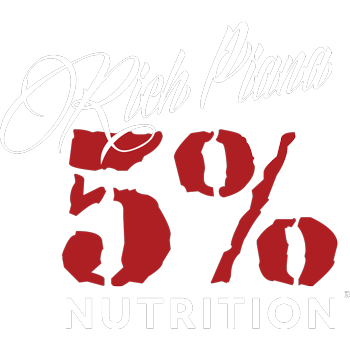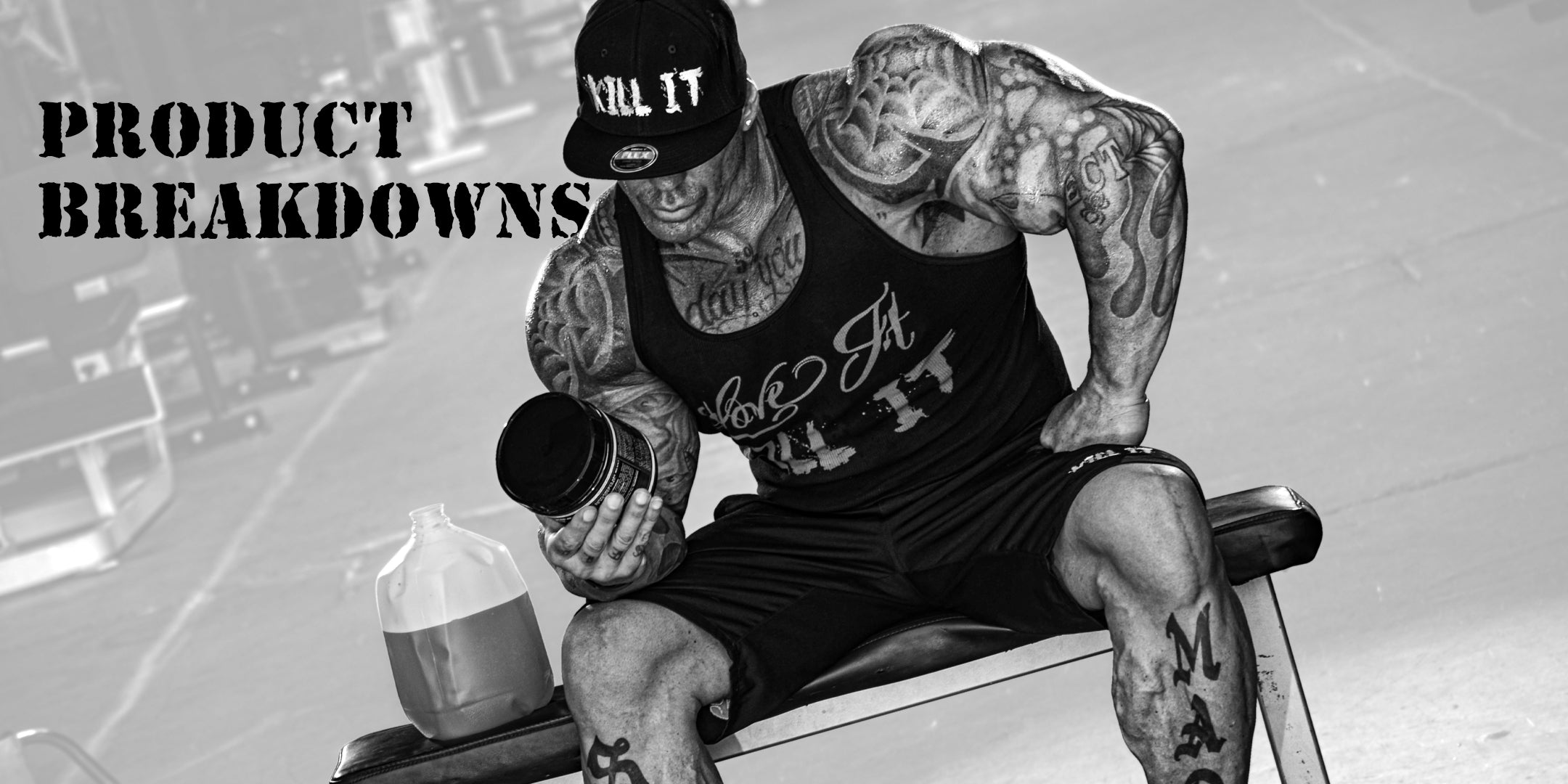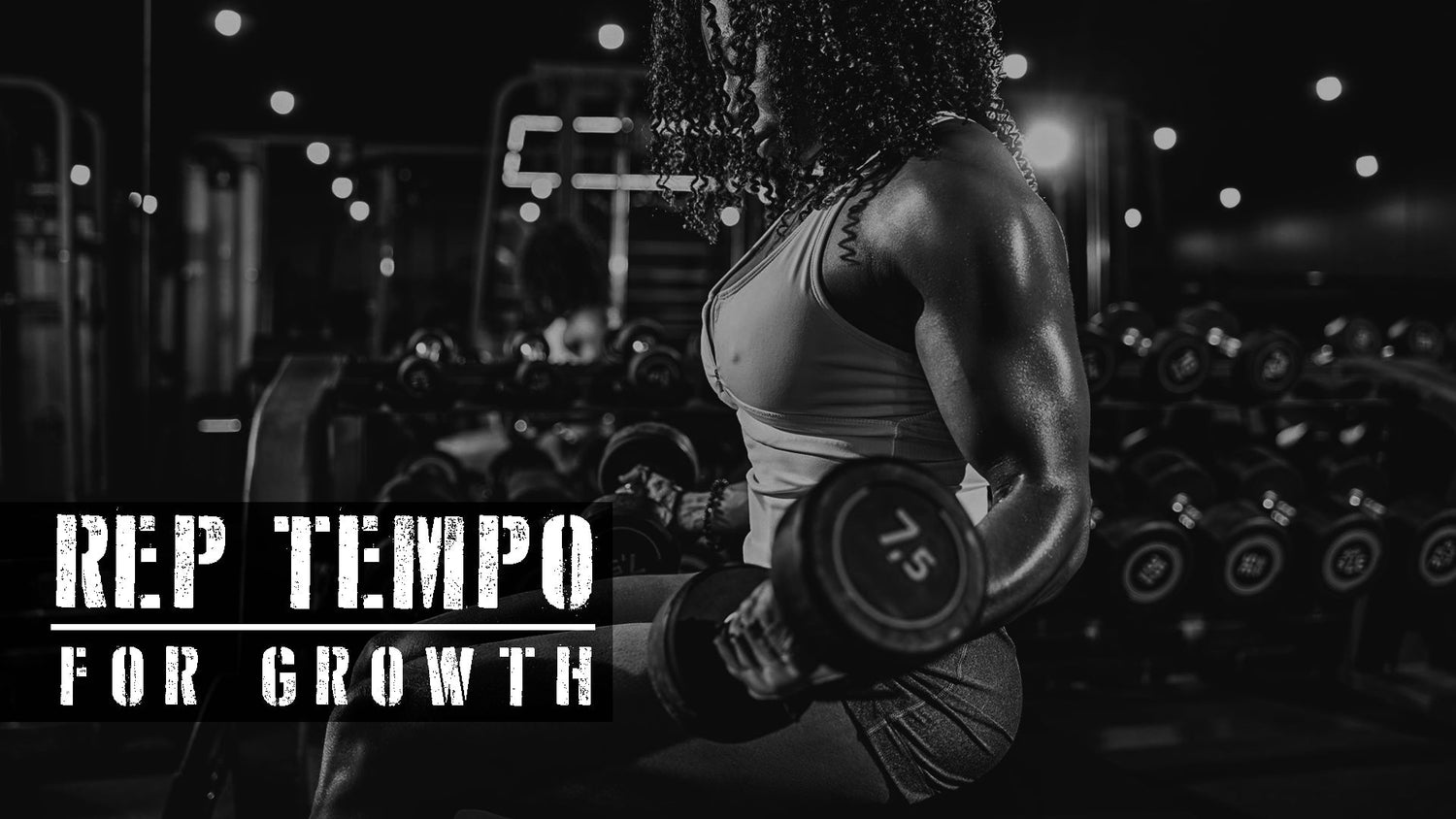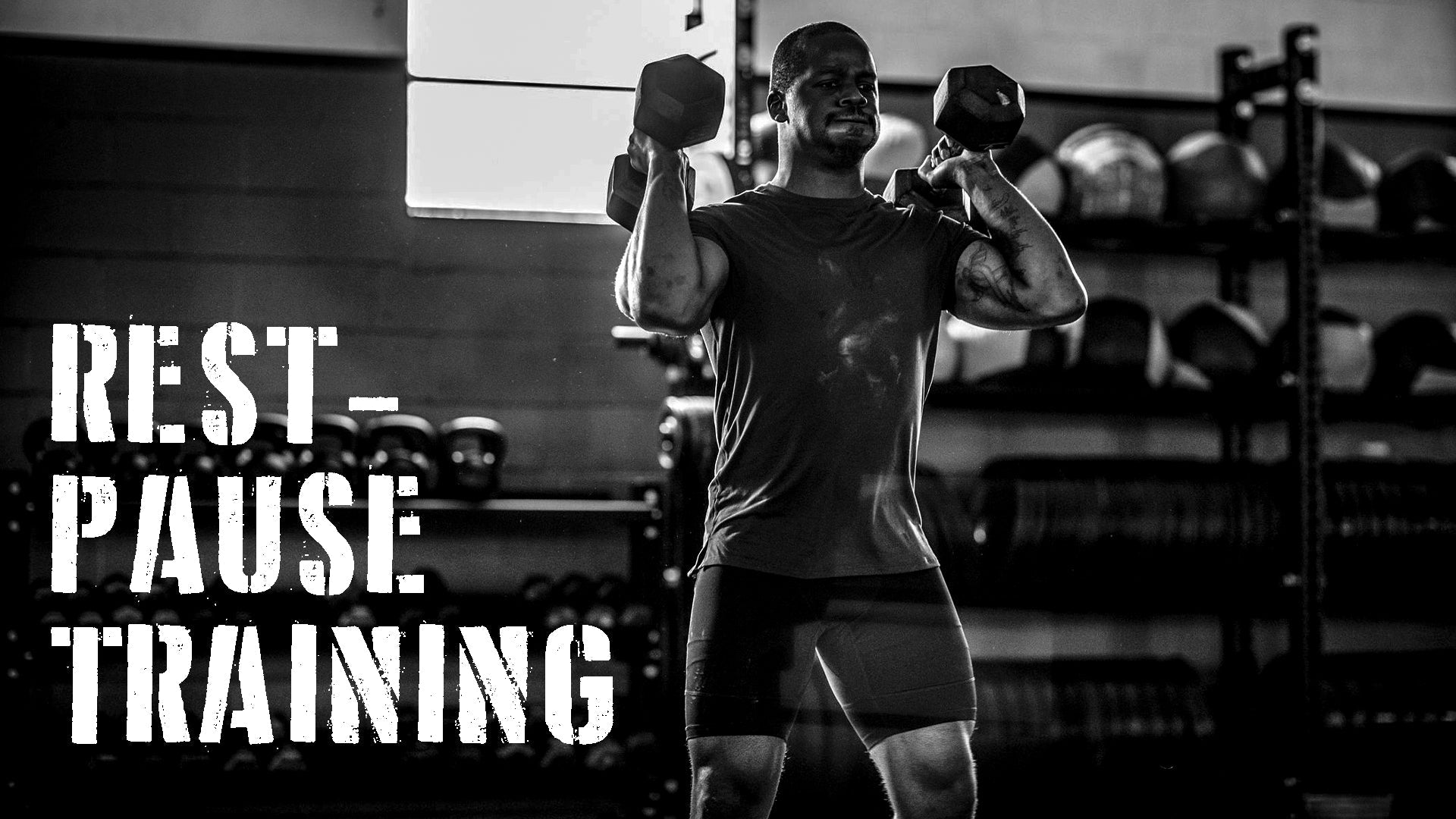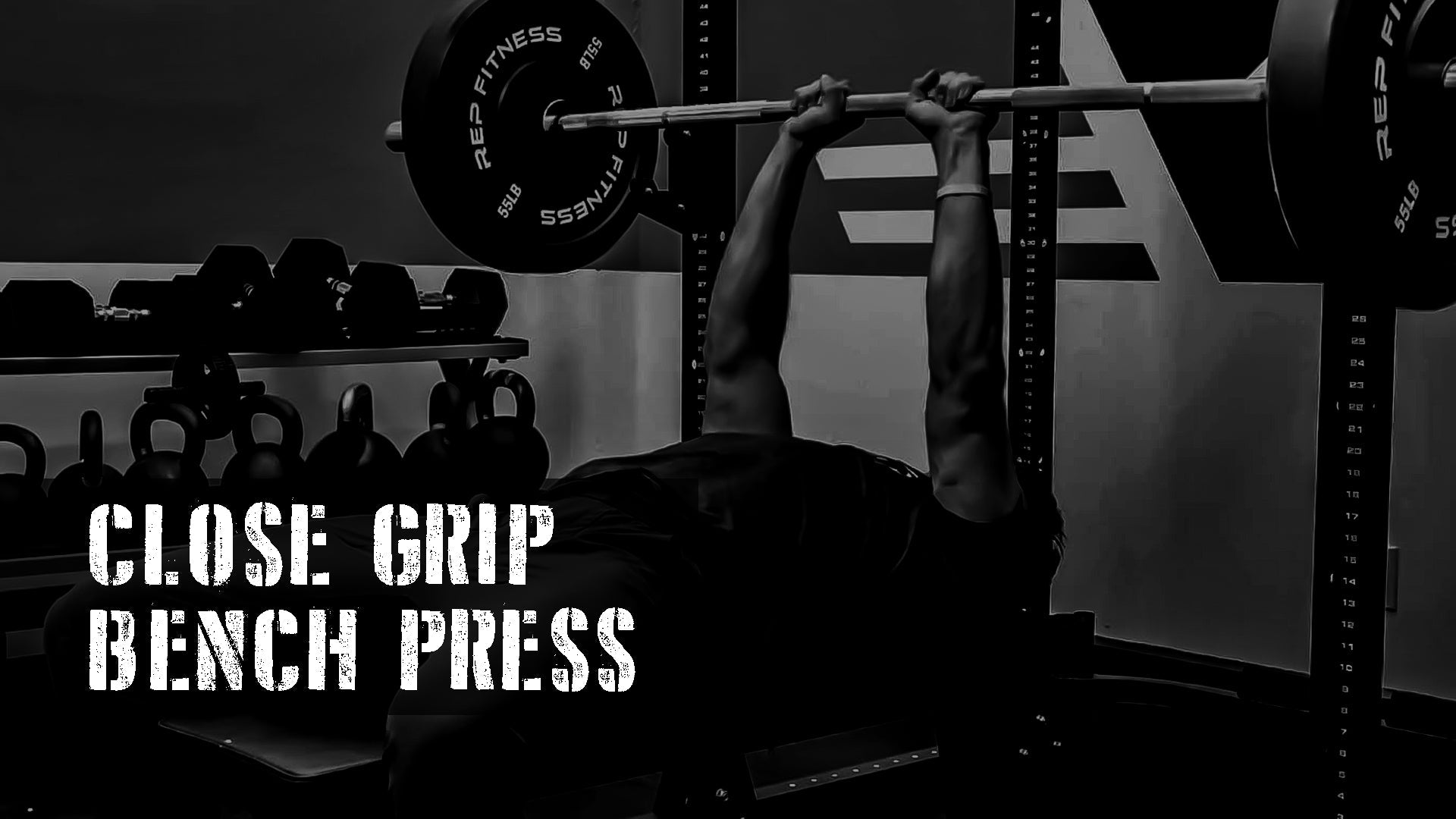Any routine requires some level of planning, such as the exercises, planned weight, reps, and sets. But, how often do you think about rep tempo? In this article, we’ll define rep tempo and look at the components that make up the Best Rep Tempo For Growth.
What Is Rep Tempo?
Rep tempo can be defined as the time you take to complete each rep. This includes the concentric and eccentric phase and any pauses during the performance of the rep. During the concentric contraction phase, the muscle tension increases to meet the resistance then remains even as the muscle shortens. During the eccentric contraction phase, the muscle lengthens as the resistance becomes greater than the force the muscle is producing.(1)
Understanding Tempo Numbers
Tempo is usually written as 3 numbers or 4 numbers. When written as 3 numbers, it looks like this:
- 1 second on the concentric part
- 0 second pause at the top of the movement
- 2 seconds on the eccentric part
When written as 4 numbers, it looks like this:
- 3 seconds to lower the weight
- 0 seconds pause at the bottom
- 1 second to lift the weight back to the starting position
- 0 seconds pause at the top
As written, this tempo works well for an exercise such as lat pulldowns because the first phase of the movement is pulling the bar down. On curls, for example, you start at the bottom and lift the weight up.
How To Optimize Rep Tempo
Increase The Eccentric Phase
In recent years, many lifting authorities have advocated using a rep scheme of explosive up (under control) and slower down (4-8 seconds). This is based on the thinking that a slow eccentric contraction increases time under tension and has a potent effect on hormonal response.(2,3)
Pause At The Bottom/Most Stretched Position
Also known as static holds or isometric contractions, adding a 2-5 second pause at the maximum stretch position is an effective intensity technique. Besides making the rep and set harder, it increases time under tension. Pausing for a few seconds also helps strengthen the mind-muscle connection.(4)
Lift Explosively During The Concentric Phase
Lifting explosively on the concentric phase helps increase power. It also has the added benefit of using more energy, which may help weight loss.(5)
How This Looks In Terms Of Rep Tempo
Here’s how the above suggestions might look:
2-0-4 = 2 seconds up, 0 pauses, 4 seconds down.
2-0-4-3 = 2 seconds up, no pauses at the top, 4 seconds down with a 3-second pause in the fully stretched position.
Recap
Challenge yourself by slowing the eccentric by another few seconds, and by extending the static hold by another few seconds. If you can consistently use the same weight yet slow down the eccentric and extend the hold, you’re getting stronger and bigger even though you haven’t put more weight on the bar. Optimize this by choosing the right 5% Nutrition supplements: a pre-workout, creatine, Shake Time, All Day You May, and the muscle builder of your choice. If you’re using supplements for the first time, check out our Code Red Series! Stop by and stock up today!
References:
- Padulo, J., Laffaye, G., Chamari, K., & Concu, A. (2013). Concentric and eccentric: muscle contraction or exercise?. Sports health, 5(4), 306. https://doi.org/10.1177/1941738113491386
- Azevedo, P. H. S. M., Oliveira, M. G. D., & Schoenfeld, B. J. (2022). Effect of different eccentric tempos on hypertrophy and strength of the lower limbs. Biology of sport, 39(2), 443–449. https://doi.org/10.5114/biolsport.2022.105335
- Wilk, M., Stastny, P., Golas, A., Nawrocka, M., Jelen, K., Zajac, A., & Tufano, J. J. (2018). Physiological responses to different neuromuscular movement task during eccentric bench press. Neuro endocrinology letters, 39(1), 26–32.
- Oranchuk, D. J., Storey, A. G., Nelson, A. R., & Cronin, J. B. (2019). Isometric training and long-term adaptations: Effects of muscle length, intensity, and intent: A systematic review. Scandinavian journal of medicine & science in sports, 29(4), 484–503. https://doi.org/10.1111/sms.13375
- Mazzetti, S., Douglass, M., Yocum, A., & Harber, M. (2007). Effect of explosive versus slow contractions and exercise intensity on energy expenditure. Medicine and science in sports and exercise, 39(8), 1291–1301. https://doi.org/10.1249/mss.0b013e318058a603
